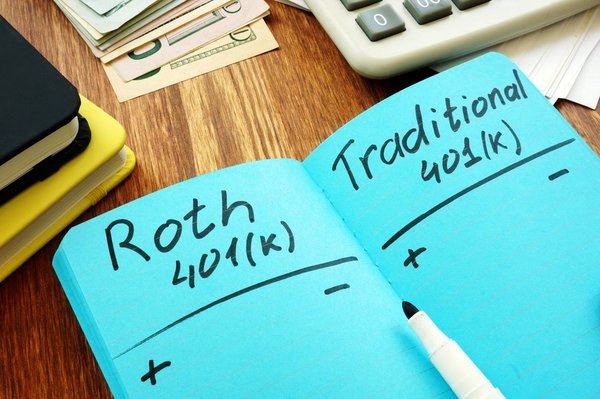A letter of determination is a letter from the Internal Revenue Service (IRS) to the sponsor of a 401(k) retirement plan indicating that the plan meets legal requirements, complies with the relevant sections of the Internal Revenue Code, and is "qualified," meaning that it qualifies for special tax treatment.

Why a plan sponsor might seek a letter
Employer-sponsored 401(k) plans are beneficial to employees because they receive special tax treatment: Savers get a tax deduction today in exchange for years of tax-deferred growth and earnings. Put another way, a qualified 401(k) plan allows employees to defer taxation until they take a distribution from the plan, which typically occurs in retirement.
A favorable determination letter represents the formal verification of a company’s 401(k) plan and associated tax status. This means that the plan itself meets minimum requirements, and the plan is eligible for qualified tax treatment.
A plan sponsor might want a determination letter as evidence that their plan meets Internal Revenue Code (IRC) standards. A sponsor might also want the letter as assurance for a variety of legal reasons that their retirement savings plan functions as it should.
Pre-approved plan documents
Seeking a determination letter isn’t required, although some companies voluntarily apply for one to receive additional assurance regarding the structure of their plan.
If a plan sponsor elects to structure its plan according to a pre-approved set of guidelines, there won’t be any need for a letter of determination. A favorable determination letter is even included in the pre-approved document package, so all the plan sponsor needs to do is abide by the standards of the pre-approved 401(k) template.
Limits to a letter’s protection
A favorable letter of determination only applies if the plan sponsor elects to structure its 401(k) exactly in accordance with specific guidelines.
It won’t cover the plan if the sponsor elects to make changes before or after the determination letter is issued, and it won’t offer protections in the event the 401(k) plan isn’t managed appropriately.
How to obtain a letter of determination
You can apply for a determination letter using Form 5300 from the IRS website document library.
To make changes to a pre-approved plan, you’ll use Form 5307, and for termination of a plan, you’ll use Form 5310. Both forms are also available on the IRS website.
There is a waiting period of 60 days for interested parties to submit comments related to a determination letter application, so you’ll need to wait at least that long before you can expect a response.
Related Investing Topics
Worth the additional paperwork
Since the qualified status of your employees’ retirement plan is of high importance, it’s good practice to ensure that your 401(k) or other qualified plan meets minimum legal requirements.
Even though determination letters are not required, by choosing to apply for one, you’ll receive additional assurance that your retirement plan practices are above board.


















































